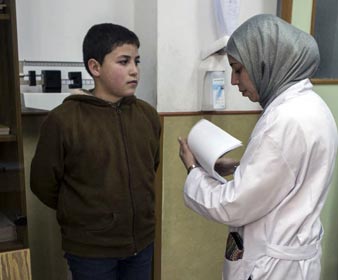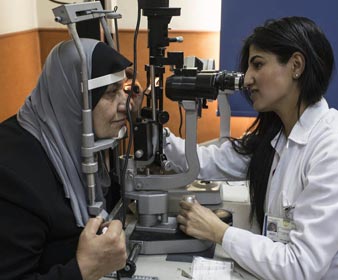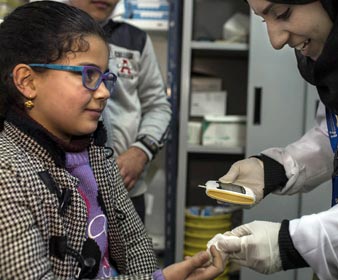What actions are needed to prevent and manage diabetes?

What are the needed actions?
Governments are responsible for raising public awareness about diabetes, for creating environments that enable people to follow healthy lifestyles, for implementing measures that reduce the exposure of populations to risk factors that can lead to diabetes, and for ensuring access to acceptable standards of health care for all people with diabetes. Individuals need to take responsibility for their own health through simple lifestyle measures which include engaging in regular physical activity, maintaining a healthy weight and eating healthy food.
What are the consequences of diabetes?

What are the consequences of diabetes?
In 2012, diabetes was the direct cause of 1.5 million deaths, with more than 80% of these deaths occurring in low- and middle-income countries. WHO projects that diabetes will be the 7th leading cause of death by 2030. The overall risk of dying among people with diabetes is at least double that of their peers without diabetes. Diabetes increases the risk of heart disease and stroke, which are responsible for 50% to 80% of deaths in people with this condition. Diabetes is also a leading cause of blindness, amputation and kidney failure.
What are the major forms of diabetes?

What are the major forms of diabetes?
There are two major forms of diabetes. Type 1 diabetes is characterized by deficient insulin production and requires daily administration of insulin. Symptoms may occur suddenly and include extreme thirst, constant hunger, weight loss, excessive urination, blurred vision and fatigue. Type 2 diabetes results from the body’s inability to effectively use its insulin. Ninety percent of people with diabetes have type 2 diabetes. Symptoms may be similar to those of type 1 diabetes, but are often less marked. Type 2 diabetes is largely the result of excess body weight and physical inactivity.


